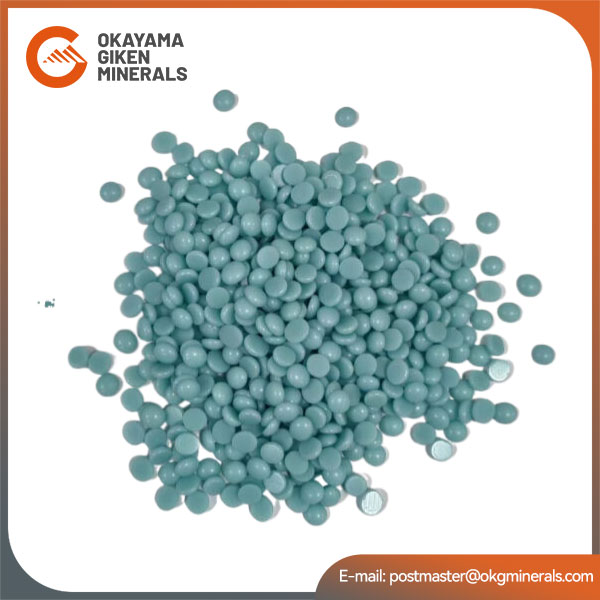
The complex metal parts we usually see, such as the small blades in a car engine, the exquisite rings in a jewelry store, or even the precision components in some medical devices, are not simply "created" out of thin air, but are made through a complex process called precision casting (also known as investment casting or lost-wax casting).
The purpose of casting wax is to first create an identical replica of the metal part you want to make, but made of wax. This wax replica serves as a temporary mold. Once it's made, we melt it away, and the remaining cavity is the mold we use to pour the molten metal into.
Taking our Okayama Technical Research Institute (Mining) as an example, these are the reference parameters.
| Characteristic | Test Method | Typical Spec. |
| Ring & Ball Softening Point | ASTM-E28 | 65.0℃ |
| Penetration (25°C/ 450g) | ASTM-D1321 | 25dmm |
| Specific Gravity | ASTM-D80 | 0.96g/cm³ |
| Ash Content | ASTM-D482 | 0.02% Max |
| Congealing Point | ASTM-D938 | 67.2℃ |
Product Features: Good toughness, suitable for casting large parts.

Product Features: Neutral, rich in oil, high fluidity, easy to de-wax, suitable for all types of workpieces.

Product Features: Neutral, high fluidity, low shrinkage, suitable for all types of workpieces.